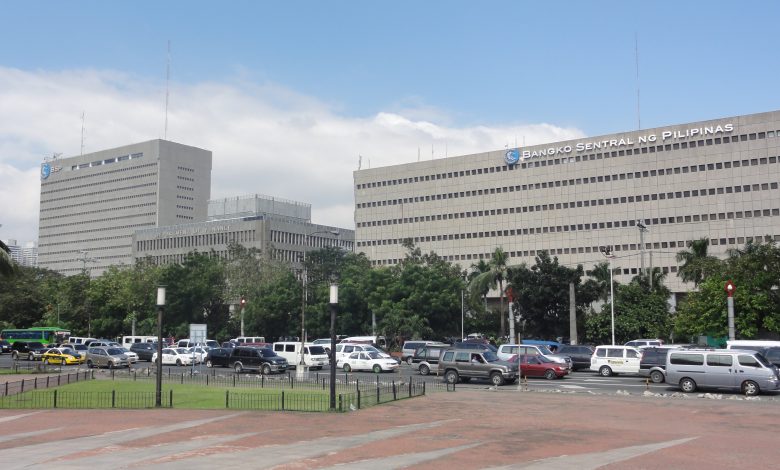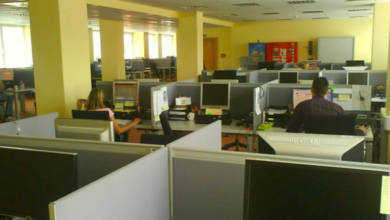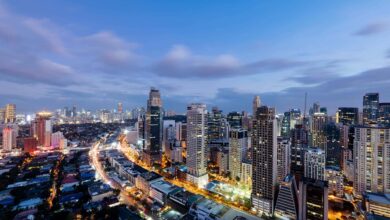
Can the PH Survive this Economic Crisis?
In the midst of the pandemic, the world is also experiencing an unprecedented economic crisis. This one is more complicated than the 1997 Asian Financial Crisis, or the 2008 Global Financial Crisis. Those only needed financial solutions – this one goes deeper, and probably will hit harder.
The main difference is obvious. The source of this current financial crisis are the containment measures that countries are implementing to contain the pandemic. The Philippine economy, like most, had to shut down in order to “flatten the curve.” The world is not operating at full capacity. Economies are suffering because shops, stores, and even offices are closed.
Economic experts say that 170 countries are likely to experience a GDP decline in 2020. This is more than any financial crisis, or even the great depression. Economies plunged into recessions faster and deeper than the 2008 Global Financial Crisis. According to data from the Philippine Statistics Authority (PSA), the Philippines experienced a 16.5% drop in Q2 GDP. This is the deepest dive since 1981, when the PSA started recording this metric.
Experts estimate that economies lose 1.5% – 3% of annual output for every month of lockdown. With the Philippines in one of the world’s longest and most strict lockdowns, we should be in a pretty terrible position, right?
PH Economy can weather the storm of COVID-19
All metrics are down worldwide, yes, but surprisingly, we are doing as well as we can be. Presidential Spokesperson Harry Roque reported in an earlier virtual briefing that the Philippines can actually cushion the economic consequences brought about by the pandemic.
“The Philippines is seen able to handle the COVID-19 economic shocks. Ito ay dahil sa ating pre-pandemic economic growth and public debt levels,” said Roque.
His proclamation was in light of a report from Washington-based Institute of International Finance (IIF) last September 1 titled “Emerging Market Vulnerability and Contagion,” which showed confidence that our economy can actually handle these economic consequences.
Roque further explained that the IIF’s deputy chief economist Sergi Lanau had a “positive assessment” on the Philippines.
“First, the country did not suffer from a persistent low-growth problem before COVID-19 started. This is an important advantage relative to countries that entered the global shock in a weak position.
Second, in relative terms, the Philippines can afford more public spending to fight the pandemic than other emerging markets, this is because public debt isn’t too high and because the debt path has been favorable – debt hasn’t increased fast in recent years,” said Lanau.
Infrastructure a crucial part of economic strategy
The good news is, we are slowly trying to reopen our economy in order to mitigate further economic decline. It’s interesting to note that one of the strategies of the government is actually the “Build, Build, Build” infrastructure program.
In the same virtual briefing, Secretary Vince Dizon, deputy chief implementer of the government’s response against COVID-19 and Presidential Advisor for Flagship Programs and Projects, said that infrastructure plays a crucial part in the recovery of our economy. The main reason? Continuing our infra projects means jobs for our workers who complete them. Other reasons include property value appreciation, related jobs, and other positive domino effects.
Despite the lockdowns, there have been several completed projects under the BBB, and a lot more are nearing completion. This administration has been relentless in pushing for better infrastructure. All of these means that Filipinos working in that huge sector are assured of continued salaries despite the economic impact of the pandemic.
Only time will tell how (not if) the Philippine economy will survive the economic crisis brought by COVID-19. Hopefully with easing quarantine restrictions, our economy can soon return to pre-pandemic performance. But right now, all we need to do is stay safe, follow social distancing protocol, and continue working for a #BetterPhilippines.




